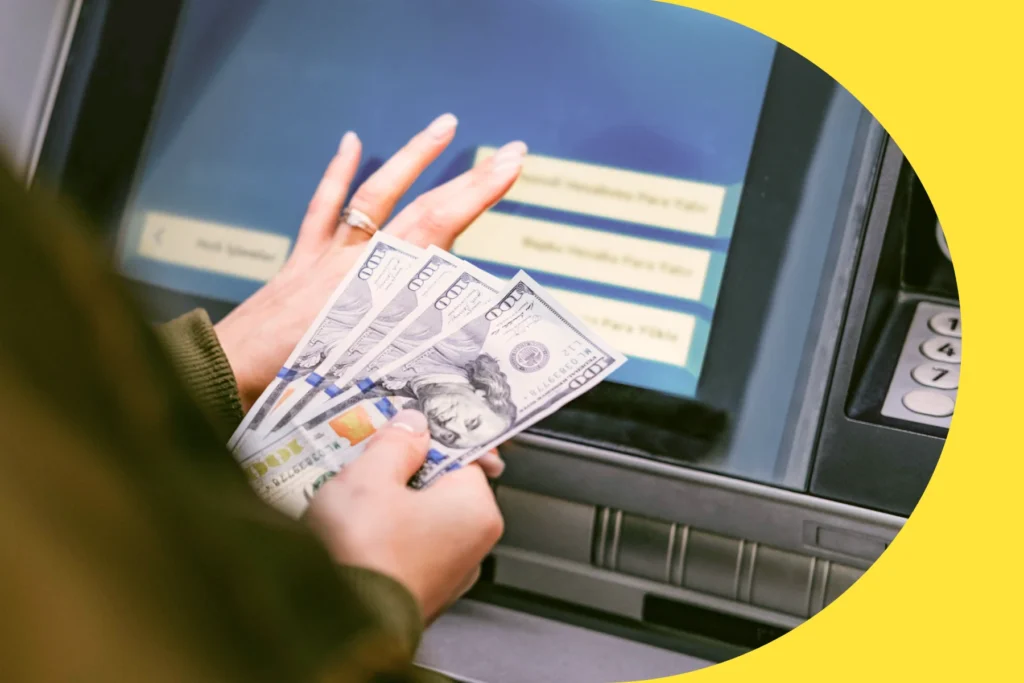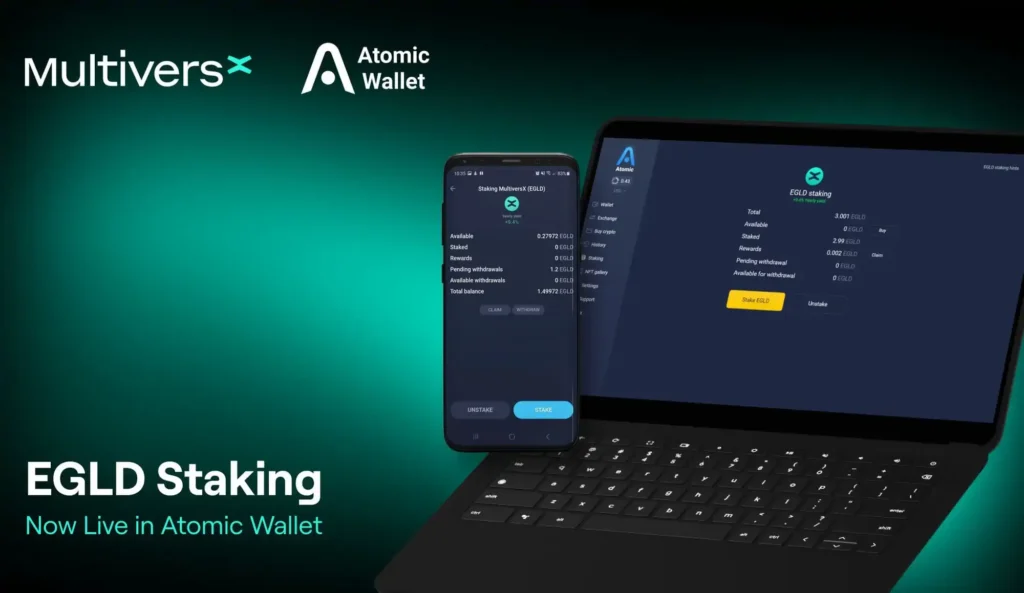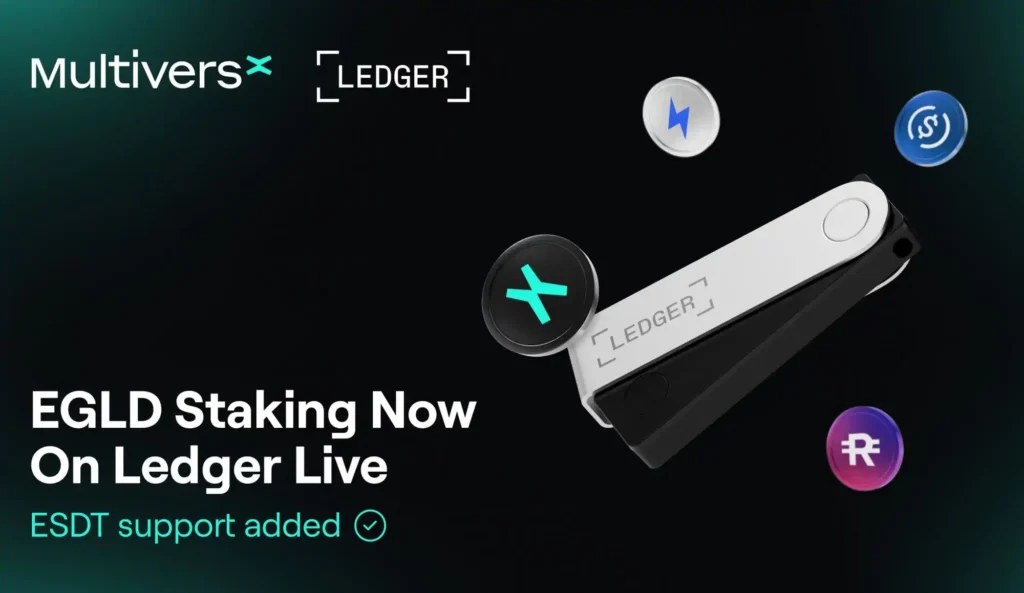
Understanding the Cultural and Artistic Significance
Sin Yong-kad Hyunggeumhwa (신용카드 현금화) is a modern phenomenon in South Korea, which refers to the practice of converting credit card limits into cash through various intermediaries or financial services. While it may seem like a straightforward financial transaction, it carries significant implications on the economic, social, and even legal fronts. The concept reflects a complex web of financial practices, consumer behavior, and even a bit of societal reflection in the context of modern capitalism and personal finance.
The Emergence of the Practice
Sin Yong-kad Hyunggeumhwa, or “credit card cash conversion,” has evolved as a form of quick and flexible financial assistance in South Korea, particularly as consumer credit card usage has skyrocketed in recent decades. South Korea is one of the countries with the highest rates of credit card usage in the world. The nation’s advanced financial systems and technological innovations have made credit cards not just a tool for purchasing goods and services but also a means of borrowing and managing short-term liquidity.
Historically, South Korea’s credit card industry grew rapidly from the early 2000s, with an increasing number of consumers relying on plastic money to fund daily expenditures. However, when financial constraints are tight, consumers may turn to practices like credit card cash conversion, where they convert their available credit card limit into physical cash or bank transfers.
This process involves third-party services that act as intermediaries between the cardholders and the financial institutions. Cardholders can transfer a portion of their available credit limit into their bank accounts, typically at a fee. The intermediary receives a commission for facilitating the transaction. In essence, individuals are using their credit lines as a form of temporary credit or liquidity to meet immediate cash flow needs, often to manage unforeseen expenses or emergencies.
The Process of Credit Card Cash Conversion
The mechanics of Sin Yong-kad Hyunggeumhwa typically involve a few steps. First, a person seeks out a service provider, which may operate both online and offline. These service providers often offer various options, including the ability to convert a certain percentage of the credit limit into cash.
- Service Request: The individual contacts a third-party service that facilitates credit card cash conversion. These services may be run by independent companies or financial institutions.
- Credit Limit Evaluation: The service evaluates the individual’s credit card limit and offers a cash amount based on the available limit. The process is usually fast, with the funds being transferred to the individual’s bank account or given in cash.
- Service Fees: As with most financial services, the intermediary charges a fee for their services. This fee could vary depending on the size of the transaction and the duration of the conversion process. The rate is usually higher than standard credit card cash withdrawals and can be considered as an additional cost to the consumer.
- Repayment: After the transaction, the individual is required to repay the money within the set credit card payment cycle, often with interest. The debt remains tied to the original credit card, and failure to repay within the designated period can lead to high-interest charges, penalties, or a negative impact on credit scores.
Reasons for the Popularity of Sin Yong-kad Hyunggeumhwa
There are several reasons why this practice has grown in popularity, despite its potential risks and costs. One of the main driving forces is the desire for quick cash. In South Korea, many people live in a fast-paced society, where access to cash is essential for daily operations, from personal emergencies to business needs.
- Financial Flexibility: The ability to access cash without going through lengthy approval processes makes it an attractive option for individuals in need of liquidity. Traditional loans and bank procedures often require paperwork, credit checks, and approval time. In contrast, credit card cash conversion is typically quicker and less cumbersome.
- Consumer Culture: South Korea’s high level of consumerism and reliance on credit cards creates a fertile ground for such services. Credit card debt, in some cases, is normalized in South Korean culture, as people are used to managing debt for consumption and personal finance.
- Emergencies and Convenience: In situations where quick access to cash is needed — such as during a medical emergency, urgent repair needs, or in cases of business-related cash flow problems — credit card cash conversion provides a fast solution, especially when traditional credit lines or loans are inaccessible.
- Technological Advancements: The growing penetration of online platforms and mobile apps in South Korea makes it easier for individuals to access such services. This convenience, combined with widespread smartphone usage, has made the process of credit card cash conversion more accessible.
The Legal and Ethical Implications
While Sin Yong-kad Hyunggeumhwa is a popular financial tool, it raises serious legal and ethical concerns. In South Korea, the practice is illegal under certain circumstances, especially if it involves circumventing financial regulations or engaging in fraudulent activities. For example, if a third-party intermediary charges exorbitant fees or engages in illegal lending practices, the transaction may be deemed unlawful.
- Unregulated Market: One of the main issues is that credit card cash conversion often takes place in a loosely regulated market. Some services may operate outside of established financial laws, which can lead to deceptive practices, high fees, and even fraud.
- Debt Trap: While the initial cash conversion might seem like a convenient solution, it can lead to long-term debt issues if the individual is unable to repay the amount in time. The high-interest rates attached to credit cards and the short repayment periods can create a cycle of debt, where individuals continue to take out more cash conversions to pay off previous debts.
- Money Laundering and Fraud: The anonymity and speed of these transactions can also make it an attractive option for those seeking to launder money or conduct fraudulent financial activities. Due to this, South Korean authorities have taken steps to clamp down on illegal credit card cash conversion schemes.
- Potential for Financial Instability: On a broader level, the increasing dependence on credit card cash conversion can have negative long-term effects on the national economy. As more people resort to using credit for short-term liquidity, the risk of financial instability and the accumulation of personal debt grows.
The Broader Societal Context
Sin Yong-kad Hyunggeumhwa is not just a financial transaction but a reflection of deeper societal issues in South Korea. The intense pressure to maintain a certain standard of living, the rapid pace of urbanization, and the rise of consumer culture have all contributed to the normalization of credit card usage and the need for alternative financial solutions.
Moreover, the prevalence of credit card debt, along with the increasing cost of living, has forced many individuals to look for ways to extend their financial capacities. This phenomenon is particularly notable among younger South Koreans, who are more likely to experience financial instability due to high student debt, rising housing prices, and expensive living costs.
The normalization of Sin Yong-kad Hyunggeumhwa can also be seen as a reflection of a broader global trend of financial flexibility, where people are increasingly using credit and debt to finance their lives, rather than saving up money. While this offers immediate benefits, it can also perpetuate cycles of financial stress, as seen in countries around the world.
Conclusion
Sin Yong-kad Hyunggeumhwa represents a fascinating intersection of consumer behavior, financial regulation, and societal pressures in modern South Korea. While it provides a quick solution for individuals facing cash flow issues, it also carries significant risks in terms of debt accumulation, financial instability, and potential legal violations. As the practice continues to evolve, it is important for consumers to be mindful of its risks and for regulators to ensure that such services are properly monitored to avoid exploitation and harm.
Ultimately, Sin Yong-kad Hyunggeumhwa reflects a larger issue of financial culture and the balancing act between immediate financial convenience and long-term economic stability. As South Korea continues to navigate its path toward a more sustainable and equitable financial system, understanding these complex practices will be crucial in shaping future policies and societal norms.


